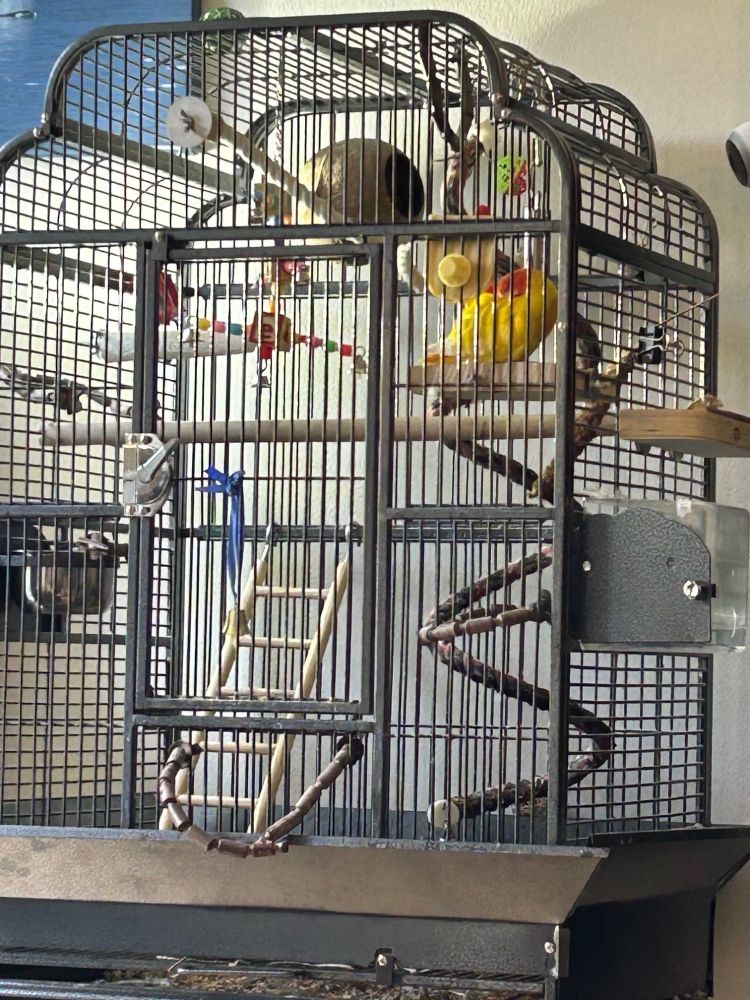Annemieke Aartsma-Rus
@oligogirl.bsky.social
350 followers
60 following
2.8K posts
Translating science from bench to bedside and from jargon to lay language
Posts
Media
Videos
Starter Packs


